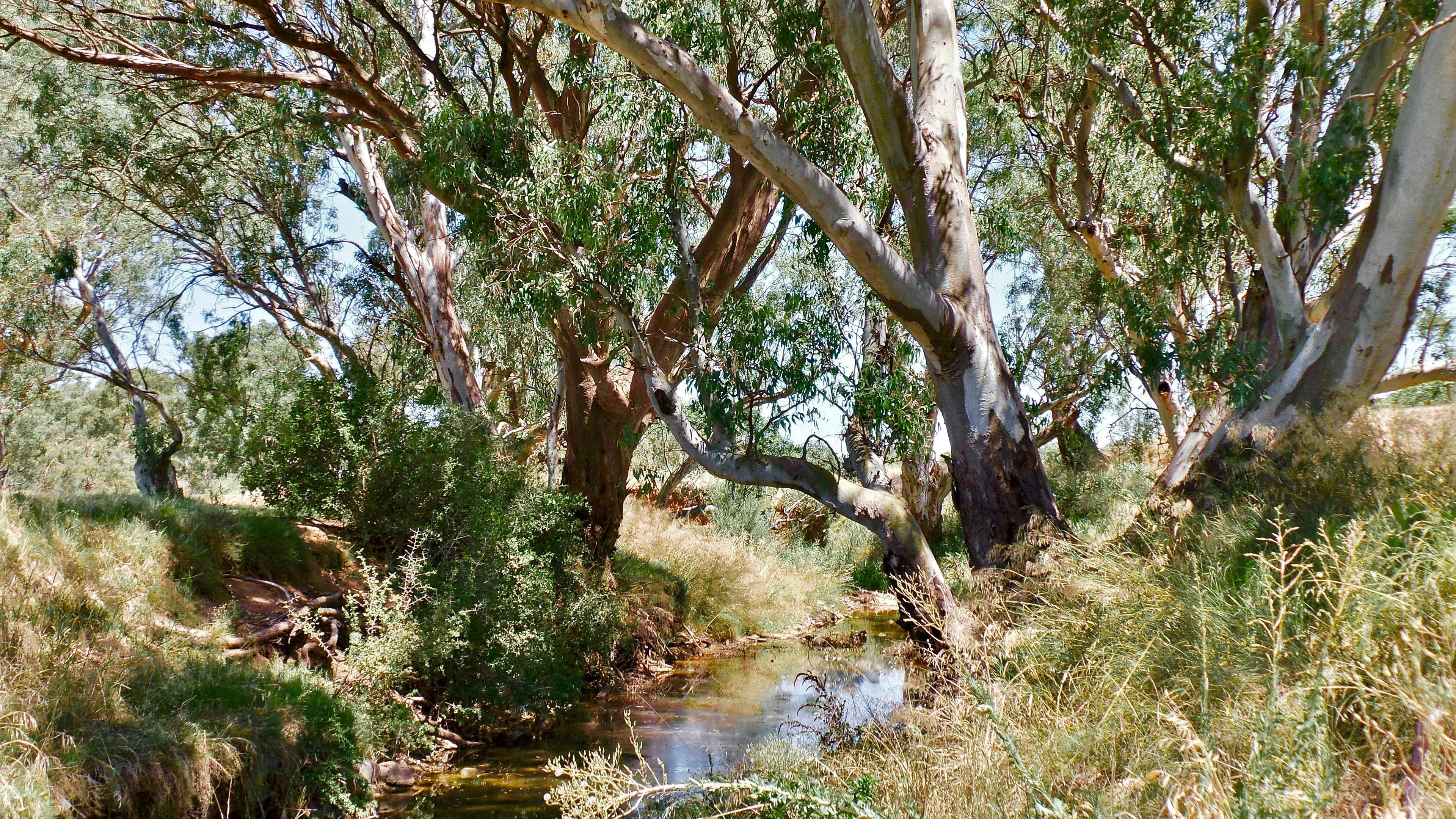Timeless Tips for the Modern Adventurer
There’s something primal and restorative about stepping outside. Whether it’s the crackle of a fire under a clear night sky, the sound of boots pressing into dirt tracks, or the peaceful solitude of early morning fishing, the outdoors invites us to disconnect from noise and reconnect with self, nature, and others. But just as a gentleman should respect the spaces he moves through in daily life, he must carry that same reverence into the wilderness. Outdoor etiquette isn’t about rules and rigidity, it’s about care, presence, and leaving the world better than you found it.
In this guide, we’ll revisit some timeless principles of conduct for the modern man outdoors, habits rooted in respect, conservation, and quiet confidence. Whether you’re setting up camp, hiking a trail, or just enjoying a weekend bush escape, these practical but thoughtful tips will ensure your time in nature is both meaningful and responsible.
Respect the Land Like It’s Been Loaned to You
The first and most enduring rule of outdoor etiquette is simple: treat the land like it belongs to someone you deeply respect. In truth, it does. We are guests, temporary ones, on land that has sustained First Nations peoples for tens of thousands of years, that shelters wildlife, and that will outlast us all. Whether you’re on Crown land, private property, or a national park, step lightly. Don’t cut through fragile bushland to take a shortcut. Don’t leave deep tyre tracks with your 4WD when the ground is wet and don’t carve your initials into trees (please).
Leave as little trace as possible. Pack out everything you brought with you, including food scraps. If a previous visitor didn’t do the right thing, consider picking up what they left behind. You might not know who they are, but you’ll know you did better.

Campfire Etiquette: Not Just About the Flames
The campfire is a sacred place in the bush. It’s where stories are told, meals are shared, and warmth becomes communal. But a gentleman knows that fire can both unite and destroy. Check for fire bans before you strike a match. Build your fire in established rings or designated fire pits. Use dead, fallen timber rather than chopping down branches or stripping bark from living trees.
Once your fire is lit, never leave it unattended, not even for a quick wander to the loo. When the evening winds down, drown it thoroughly with water (not just dirt), stir the ashes, and feel for heat. Only then is it safe to walk away. Remember, a careless ember can become a headline-making bushfire.

Noise Carries, Keep It Tame
Nature is full of sounds worth hearing: birdsong at dawn, wind through gum leaves, distant waterfalls. The hum of a speaker or the rev of a dirt bike has its place, but it isn’t always here. Respect the natural soundscape and those who came to enjoy it. Keep music low and conversation at a comfortable pitch. If you’re camping near others, say a polite hello, and then let people enjoy their peace without unwanted company or booming playlists.
This isn’t about being uptight. it’s about knowing that the bush offers something rare these days: silence. Don’t rob others (or yourself) of it.
Track Etiquette: The Art of Passing Well
When walking or hiking, whether solo or in a group, there’s a rhythm to the trail. Uphill hikers typically have the right of way, as momentum is harder to regain when climbing. If you're faster and need to pass, do so gently with a courteous “on your right” or “mind if I pass?” Don’t barrel past or surprise someone with heavy footfall just behind them.
Stick to the path, even when it’s muddy. Wandering off creates erosion and damages delicate ecosystems. Your boots can handle a bit of muck; the land can’t always handle your boots.
Wildlife is Not a Photo Op
It’s a privilege to encounter animals in the wild. Kangaroos grazing, kookaburras cackling, goannas sunbathing on rocks. Observe, admire, but don’t interfere. Don’t feed them, human food disrupts their health and natural instincts. Don’t chase them for a better photo. And absolutely don’t try to “rescue” young animals unless they’re clearly injured and you’ve contacted a local wildlife authority.
A true gentleman remains an observer, not a disruptor. Nature has its rhythms; we’re not here to interrupt them.

Know Your Place, Know Your Limits
Adventure has its edges. There’s pride in pushing past your comfort zone, but wisdom in knowing when not to. If you’re new to bushcraft, learn the basics: map reading, weather signs, knot-tying, fire safety. Don’t head into the bush without telling someone where you’re going. Bring proper gear. Understand first aid. And most importantly, know when to call it.
Bravado doesn’t belong in the bush.
Stewardship Over Style
Finally, and perhaps most importantly, being a gentleman outdoors isn’t about gear, labels, or curated Instagram shots. It’s about stewardship. A deep-rooted, quiet promise to leave places better, tread lighter, and pass on a love of the land to others.
Buy well, not often. Choose tools and products that last, items that honour the material they came from. A timber-handled hatchet, a handmade chopping board, a waxed canvas pack, they’re more than aesthetics. They’re symbols of how you show up in the world. With intention. With integrity. With care.

